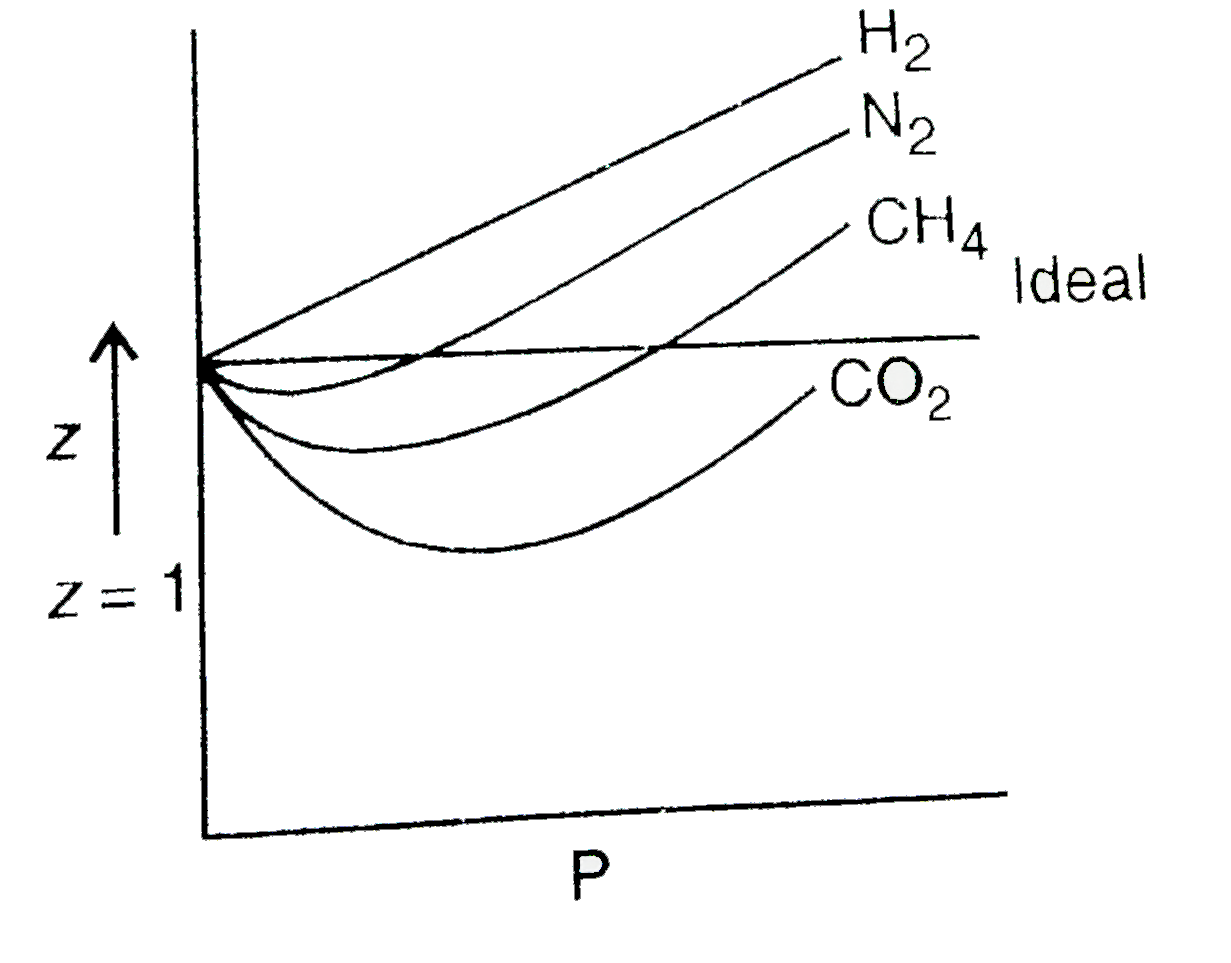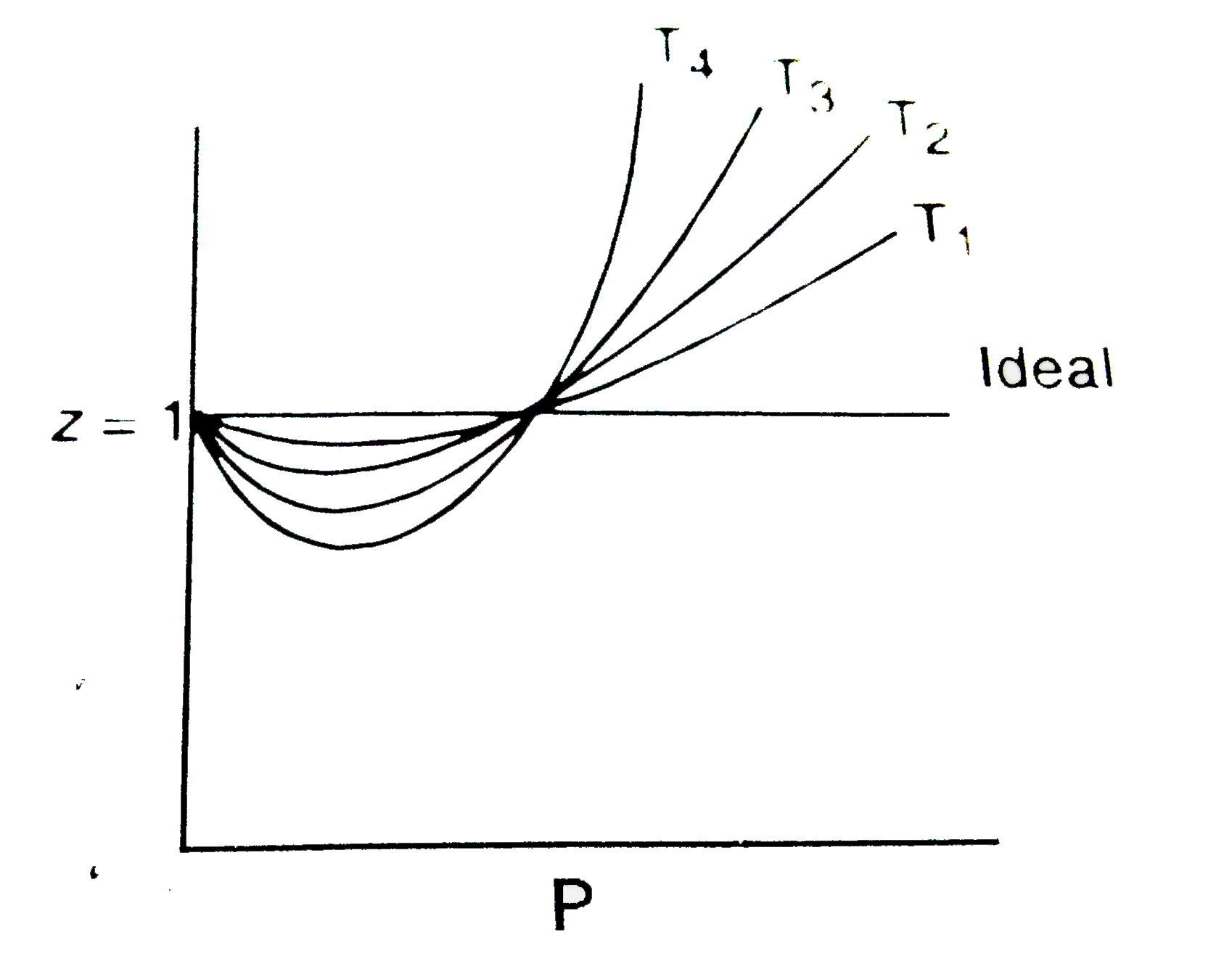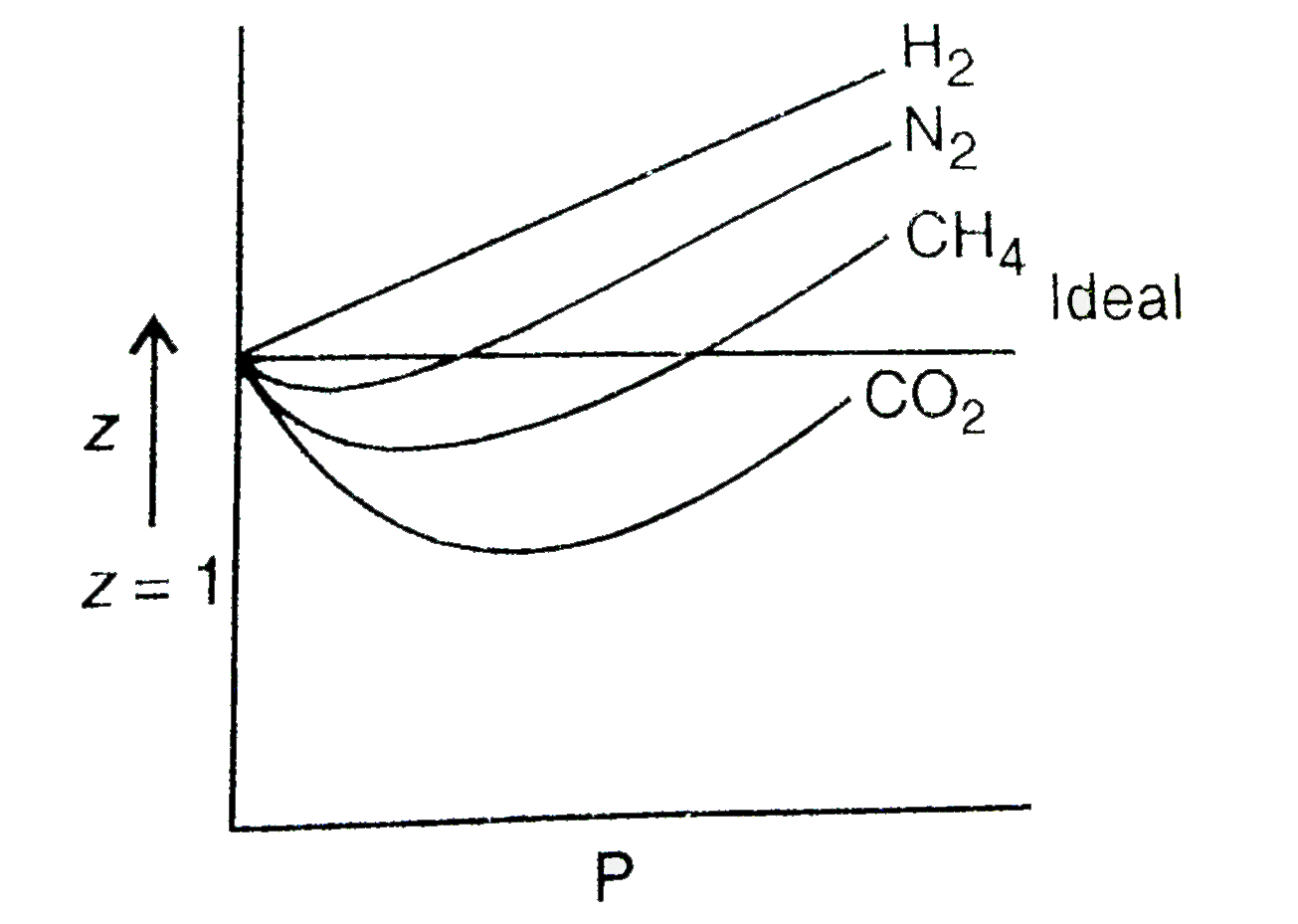In kinetic theory of gases, it is assumed that the gas molecules :
(a) do not exert any attractive force on each other
(b) collide elastically
(c ) move with uniform velocity
(d) occupy negligible volume
a,b,d
a,c
b,d
b,c
The correct Answer is:A
Step by step video, text & image solution for In kinetic theory of gases, it is assumed that the gas molecules : (a) do not exert any attractive force on each other (b) collide elastically (c ) move with uniform velocity (d) occupy negligible volume by Physics experts to help you in doubts & scoring excellent marks in Class 12 exams.
Topper's Solved these Questions
- BOOK - MOTIONCHAPTER - HEAT-2 EXERCISE - EXERCISE-2 (LEVEL-II)13videos
HEAT-2
- BOOK - MOTIONCHAPTER - HEAT-2 EXERCISE - EXERCISE-3 (LEVEL-I)22videos
HEAT-2
- BOOK - MOTIONCHAPTER - HEAT-2 EXERCISE - EXERCISE-140videos
HEAT-2
- BOOK - MOTIONCHAPTER - HEAT TRANSFER & THERMAL EXPANSION EXERCISE - Exercise - 3 Section-B19videos
HEAT TRANSFER & THERMAL EXPANSION
- BOOK - MOTIONCHAPTER - HYDROSTATIC, FLUID MECHANICS & VISCOSITYEXERCISE - EXERCISE -3 (SECTION-B) PREVIOUS YEAR PROBLEM7videos
HYDROSTATIC, FLUID MECHANICS & VISCOSITY
Similar Questions
Kinetic theory of gases is a generalization offered by Maxwell. Boltzmann, Clausius, etc. to explain the behaviour of ideal gases. This theory assumes that ideal gas molecules neither attract nor repel each other. Average kinetic energy of gas molecules is directly proportional to the absolute temperature. A gas equation called kinetic gas equation was derived on the basis of kinetic theory
PV=13mv2
The kinetic energy of 2.8 g of nitogen gas at 127∘C is nearly :View SolutionKinetic theory of gases is a generalization offered by Maxwell. Boltzmann, Clausius, etc. to explain the behaviour of ideal gases. This theory assumes that ideal gas molecules neither attract nor repel each other. Average kinetic energy of gas molecules is directly proportional to the absolute temperature. A gas equation called kinetic gas equation was derived on the basis of kinetic theory
PV=13mv2
The average kinetic energy per molecule of an ideal gas is equal to :View Solution
Knowledge Check
- Question 1 - Select One
Kinetic theory of gases is a generalization offered by Maxwell. Boltzmann, Clausius, etc. to explain the behaviour of ideal gases. This theory assumes that ideal gas molecules neither attract nor repel each other. Average kinetic energy of gas molecules is directly proportional to the absolute temperature. A gas equation called kinetic gas equation was derived on the basis of kinetic theory
PV=13mv2
Select the incorrect statement(s) about the real gases.
(1) The molecules attract each other.
(2) They show deviation from Boyle's and Charles' law.
(3) Volume of gas molecules are negligible
(4) The molecules have negligible massA2, 4B1, 4C1D3, 4 - Question 2 - Select One
Kinetic theory of gases is a generalization offered by Maxwell. Boltzmann, Clausius, etc. to explain the behaviour of ideal gases. This theory assumes that ideal gas molecules neither attract nor repel each other. Average kinetic energy of gas molecules is directly proportional to the absolute temperature. A gas equation called kinetic gas equation was derived on the basis of kinetic theory
PV=13mv2
If the absolute temperature of a gas in a fixed volume is quadrupled, then the velocity in intial and final states would be related as :Avf=4viBvf=vi/4Cvf=vi/4Dvf=vi/2 - Question 3 - Select One or More
Kinetic theory of gases is a generalization offered by Maxwell. Boltzmann, Clausius, etc. to explain the behaviour of ideal gases. This theory assumes that ideal gas molecules neither attract nor repel each other. Average kinetic energy of gas molecules is directly proportional to the absolute temperature. A gas equation called kinetic gas equation was derived on the basis of kinetic theory
PV=13mv2
Which of the following do not pertain to the postulates of kinetic theory of gaes ?AThe gas molecules are perfectly elasticBSpeed of gas molecules are ever changingCPressure exerted by the gas is due to the collision of molecules with the walls of the containerDKinetic energy of a gas is given by the sum of 273 and temperature in Celsius scale
Kinetic theory of gases is a generalization offered by Maxwell. Boltzmann, Clausius, etc. to explain the behaviour of ideal gases. This theory assumes that ideal gas molecules neither attract nor repel each other. Average kinetic energy of gas molecules is directly proportional to the absolute temperature. A gas equation called kinetic gas equation was derived on the basis of kinetic theory
PV=13mv2
GasDensityA0.82gL−1B0.26gL−1C0.51gL−1
Pick up the correct statement/statements
1. Gas A will tend to lie at the bottom
2. The number of atoms fo various gases A, B and C are same.
3. The gases will diffuse to form homogeneous mixture.
4. Average kinetic energy of each gas is sameView SolutionIn kinetic theory of gases, a molecule of mass m of an ideal gas collides with a wall of vessel with velocity v. The change in the linear momentum of the molecule is
View SolutionReal gases deviated from ideal behaviour due to the following two faulty assumptions of kinetic theory of gases :
(i) Actual volume occupied by the gas molecule is negligible as compared to the total volume of the gases
(ii) Forces of attraction and repulsion among gas molecules are negligible
To explain the extent of deviation of the real gas from ideal behaviour in terms of compressibility or compression factor (z), which is the function of pressure and temperature for real gases z=P0V0nRT For ideal gases z=1. for real gases either z>1 or z>1.
When z>1, then it is less compressible because force of repulsion dominates over force of attraction. When z<1, force of attraction dominates over the repulsion and it is more compressible.
Graph in between z and P is shown below on increasing the temperature, z increases and approaches to unity. Graph between z and p at different temperature are as under


Answer the following questions on the basis of above write up :
Which of the following statements is correct gas A having molar mass 16 g and density 0.75 g/litre at 2 atmospheric pressure and 27∘C temperatureView SolutionReal gases deviated from ideal behaviour due to the following two faulty assumptions of kinetic theory of gases :
(i) Actual volume occupied by the gas molecule is negligible as compared to the total volume of the gases
(ii) Forces of attraction and repulsion among gas molecules are negligible
To explain the extent of deviation of the real gas from ideal behaviour in terms of compressibility or compression factor (z), which is the function of pressure and temperature for real gases z=P0V0nRT For ideal gases z=1. for real gases either z>1 or z>1.
When z>1, then it is less compressible because force of repulsion dominates over force of attraction. When z<1, force of attraction dominates over the repulsion and it is more compressible.
Graph in between z and P is shown below on increasing the temperature, z increases and approaches to unity. Graph between z and p at different temperature are as under


Answer the following questions on the basis of above write up :
Which of the following is the correct order of temperature shown in the above graph z vs P for the same gasView SolutionReal gases deviated from ideal behaviour due to the following two faulty assumptions of kinetic theory of gases :
(i) Actual volume occupied by the gas molecule is negligible as compared to the total volume of the gases
(ii) Forces of attraction and repulsion among gas molecules are negligible
To explain the extent of deviation of the real gas from ideal behaviour in terms of compressibility or compression factor (z), which is the function of pressure and temperature for real gases z=P0V0nRT For ideal gases z=1. for real gases either z>1 or z>1.
When z>1, then it is less compressible because force of repulsion dominates over force of attraction. When z<1, force of attraction dominates over the repulsion and it is more compressible.
Graph in between z and P is shown below on increasing the temperature, z increases and approaches to unity. Graph between z and p at different temperature are as under


Answer the following questions on the basis of above write up :
What is correct increasing order of liquefibility of the gases shown in the above graph ?View Solution

